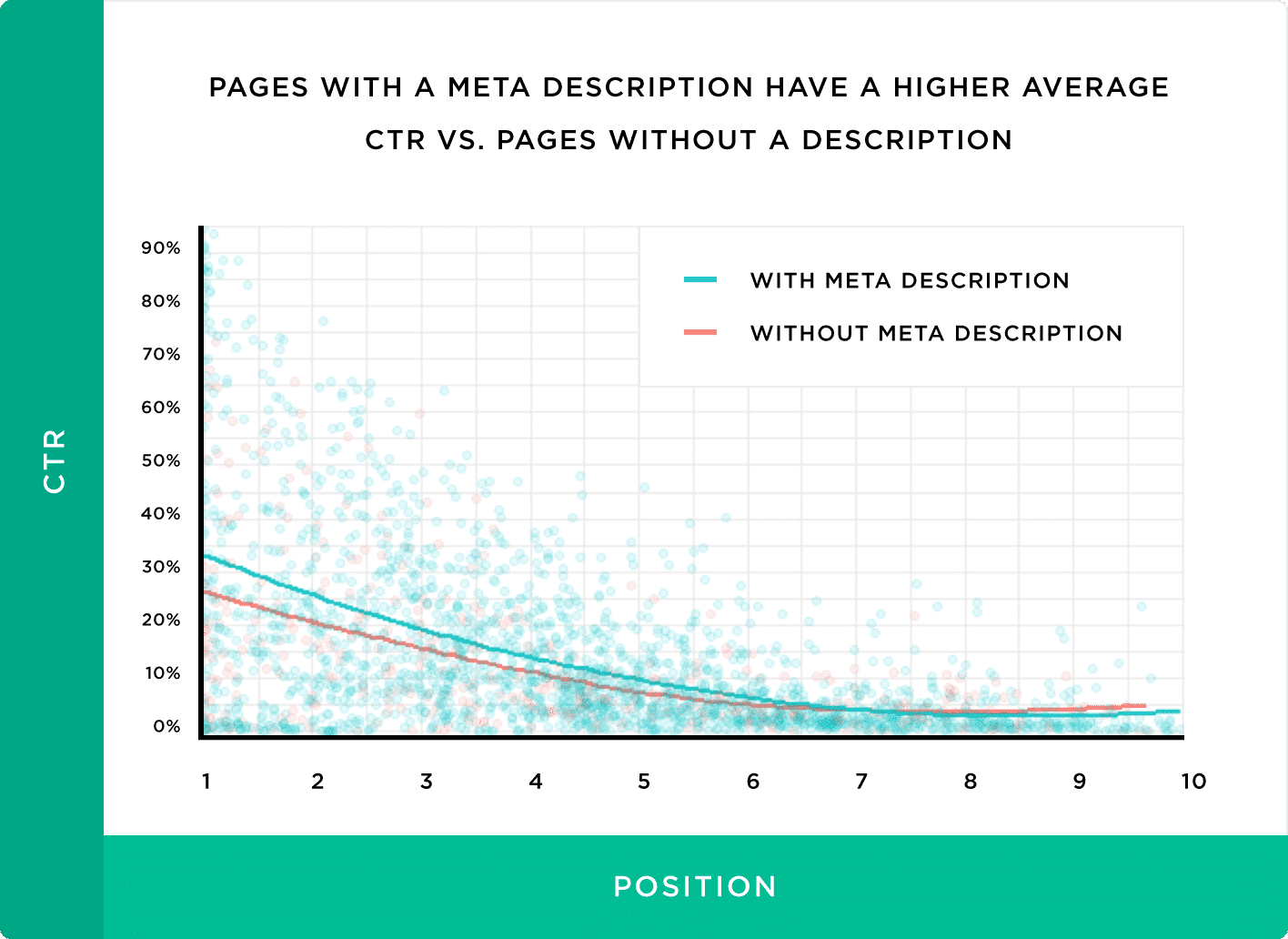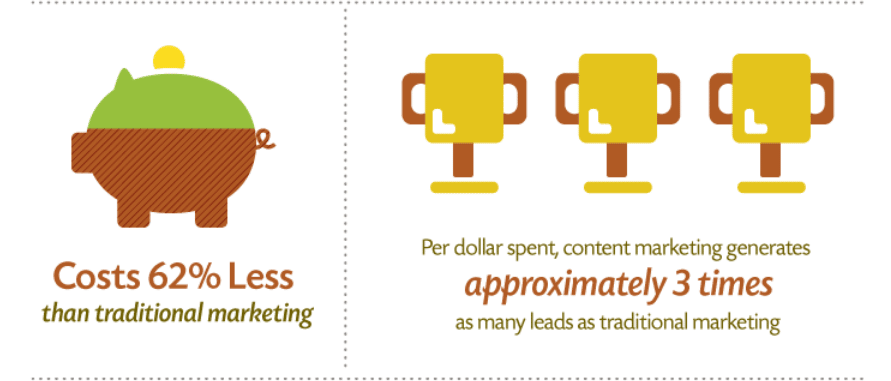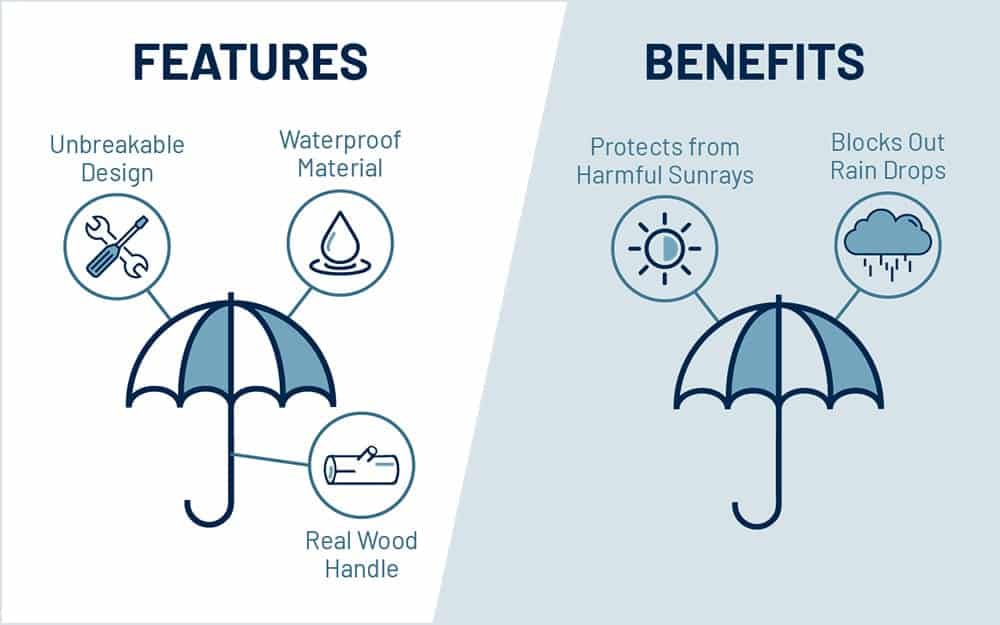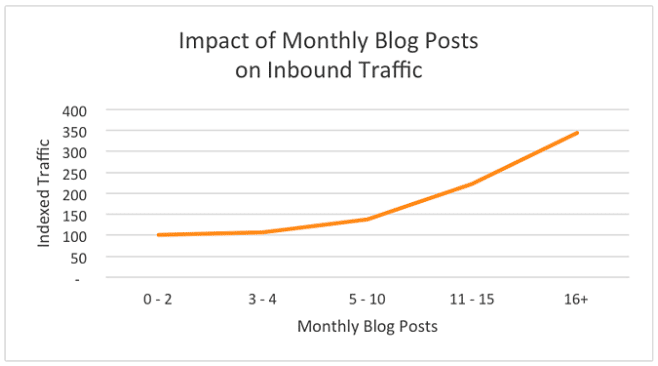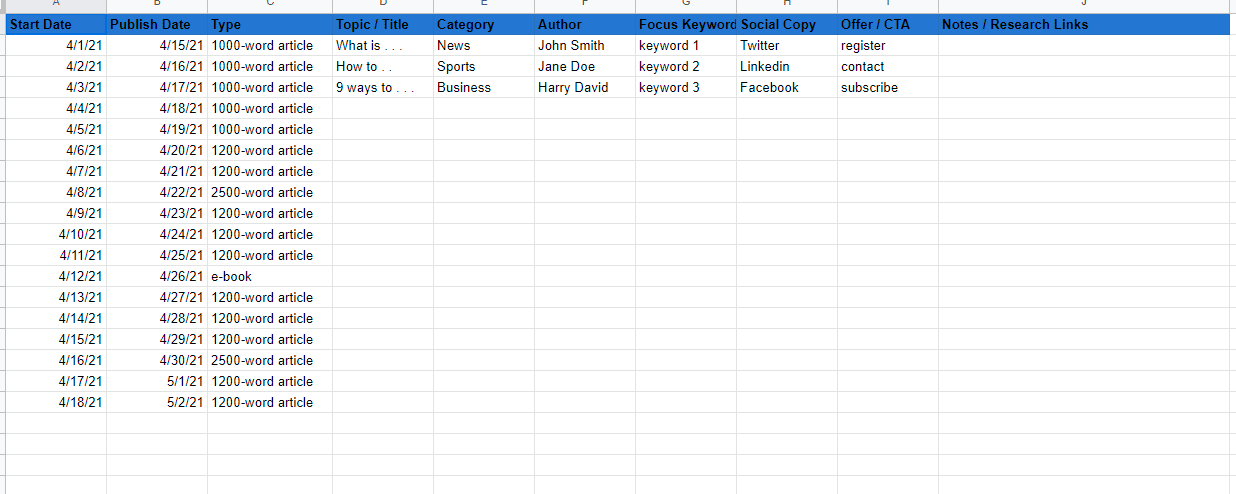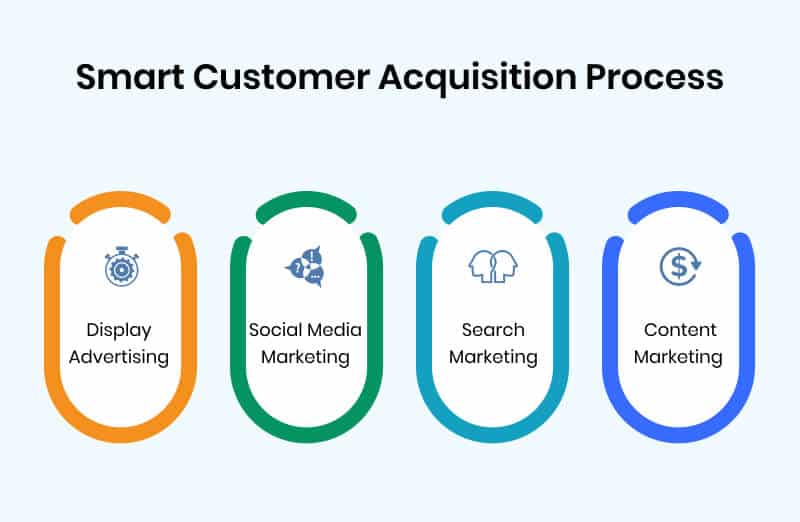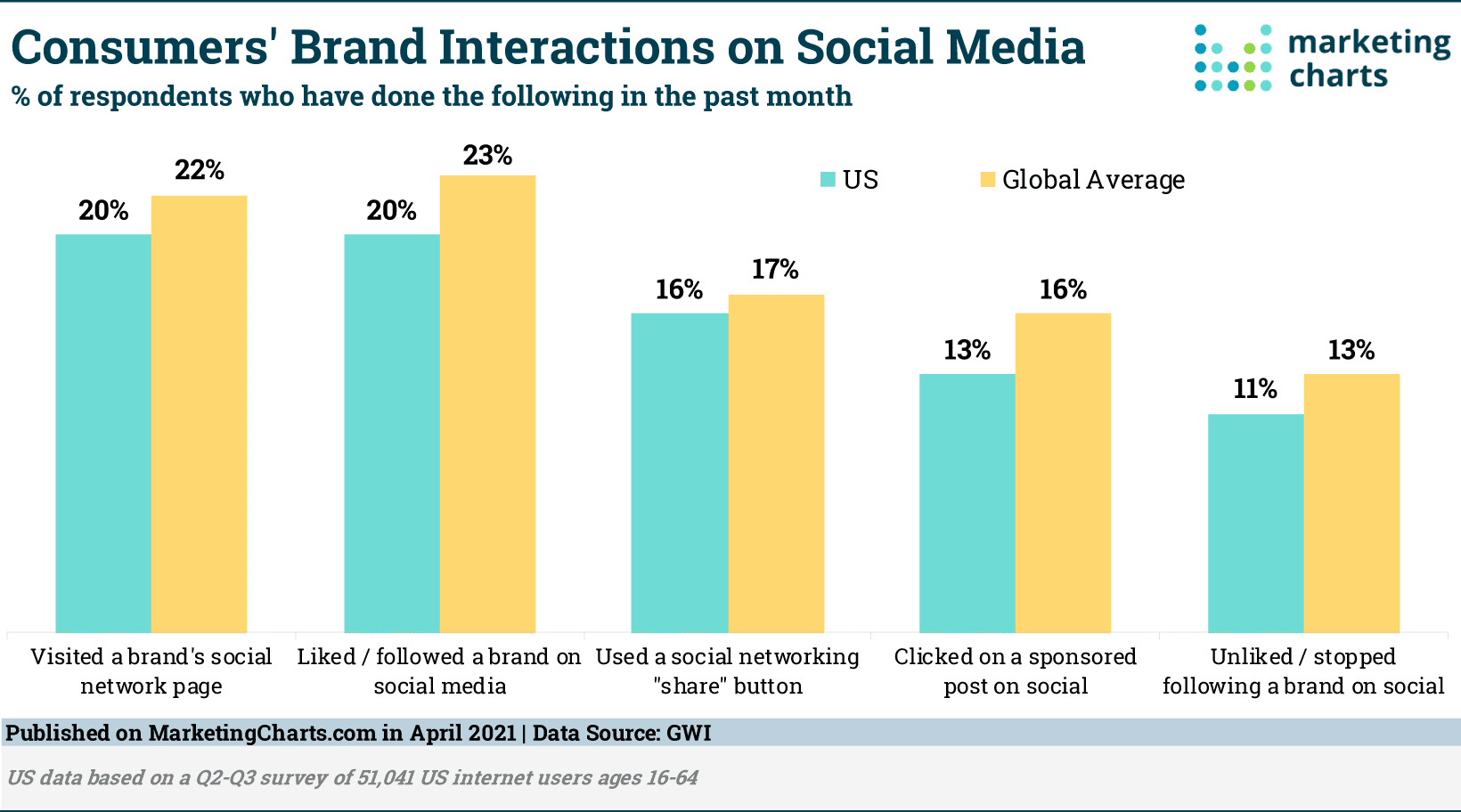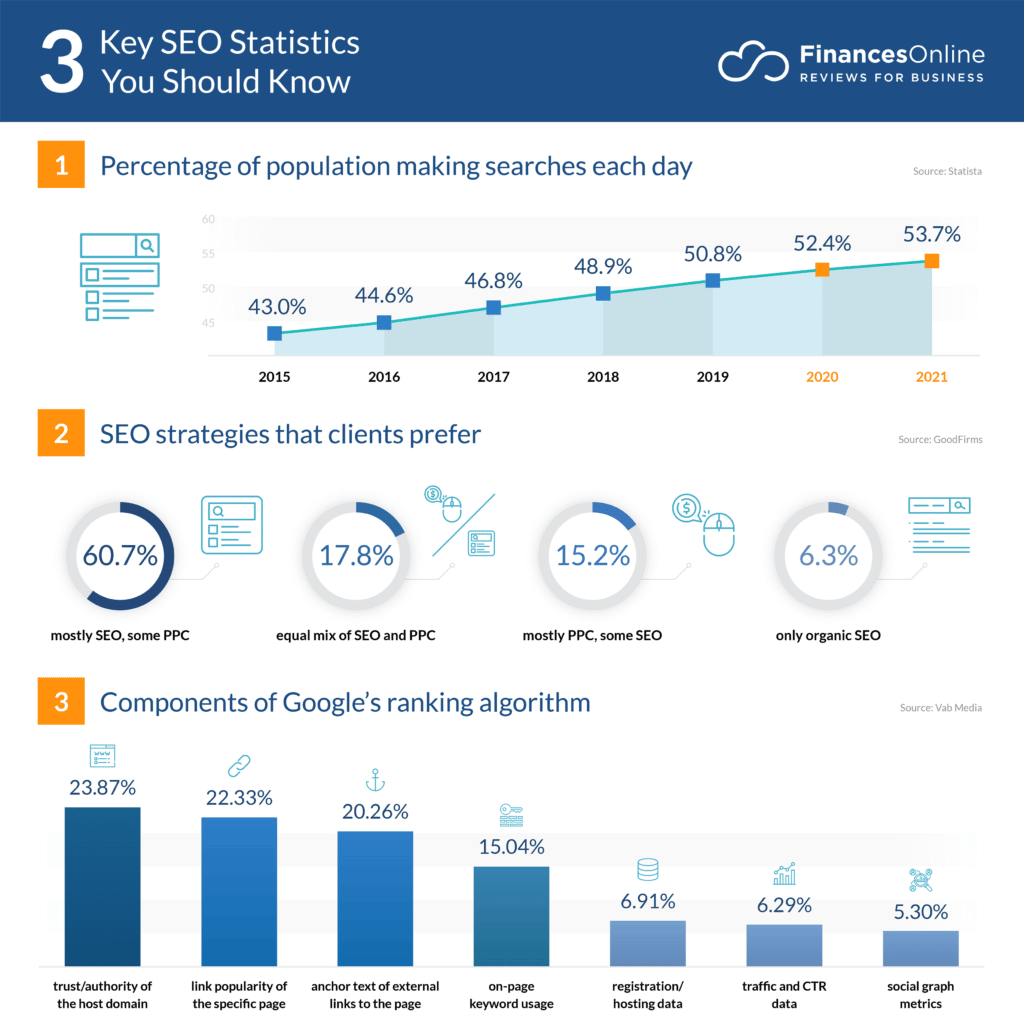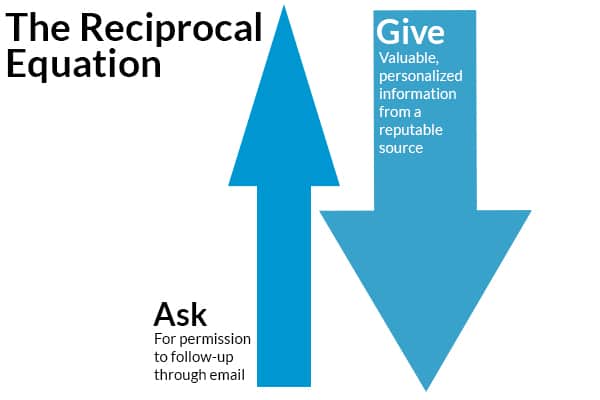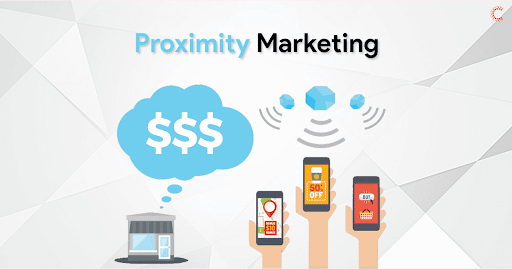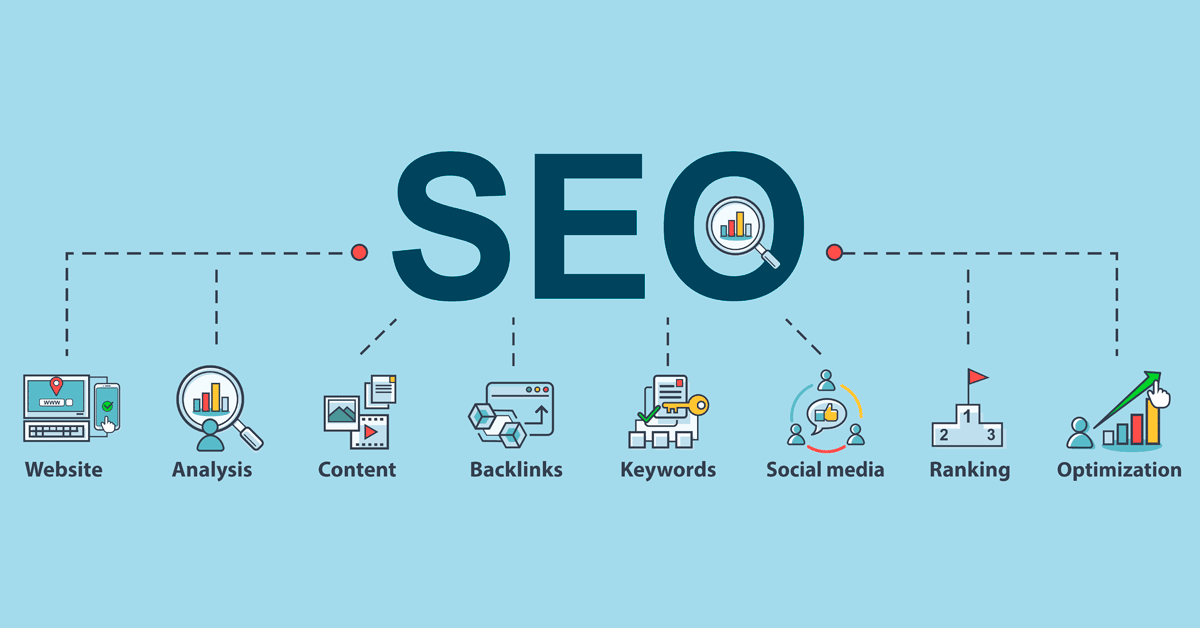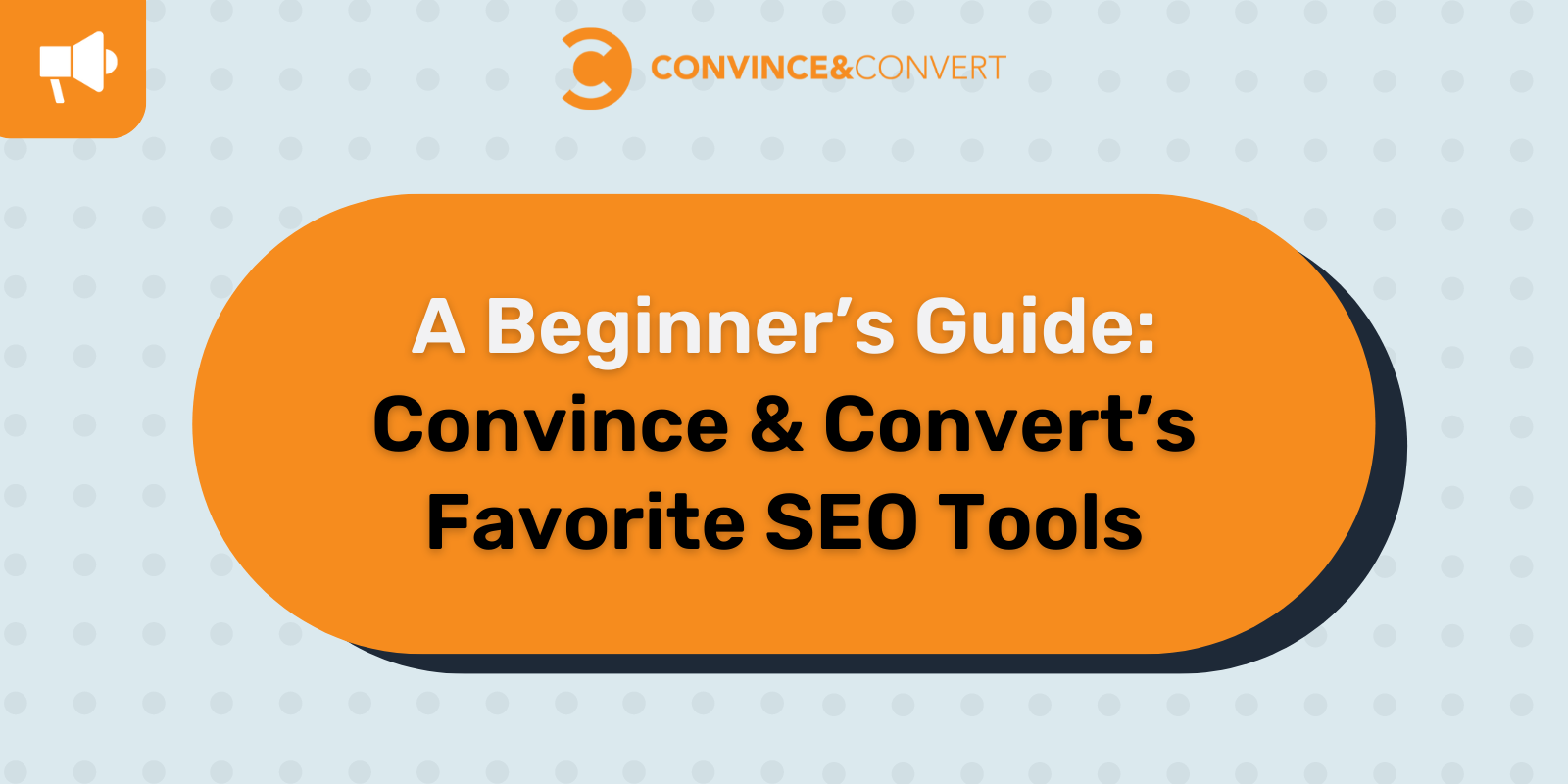
A beginner’s guide: Convince & Convert’s favorite tools for conducting SEO checkups, reviews, and audits
As part of our content marketing discovery process, the Convince & Convert team always takes a look at the state of our clients’ SEO efforts. That’s because, in order to make the best content marketing strategies and recommendations possible, we have to make sure there’s a foundation for content success established first.
While we use myriad tools, techniques, and approaches to review our clients’ SEO, there are a few tools we recommend for those who are just starting to dig into their own SEO efforts or aren’t full-on SEO practitioners…yet.
Get a super-quick, high-level snapshot: Hubspot’s Website Grader®
Website: https://website.grader.com/
Cost: Free
Need a good starting point but have 90 million other to-dos on your list today? Or maybe you don’t work with SEO a ton and need some pointers on what to look for? Hubspot’s Website Grader is a great place to start.
This free tool just requires a URL to audit and an email address to ungate the results. In less than one minute, you get a beautifully designed, high-level assessment of your website, which includes critical SEO elements, like:
- Overall website performance, such as page size, page speed, browser caching and page redirects
- SEO essentials, such as indexability, meta descriptions, and descriptive link text
- Mobile readiness, which includes legible font size and responsive design
- Security features, like SSL certificates and HTTPS
In addition to getting an overall health check on your website, Hubspot’s Website Grader will also give you clear and actionable next steps. Not bad at all for getting your SEO bearings or just making sure you’re covered on the most essential SEO basics.
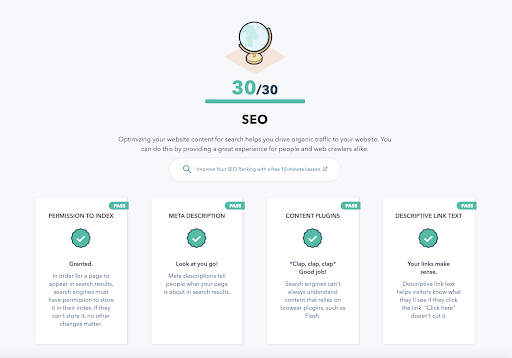
Dive deeper into data: Google Analytics
Website: https://analytics.google.com
Cost: Free, freemium, or paid
Although Google has been shielding more and more of its users’ data (including SEO queries) from advertisers and websites for some time, you can still get a ton of helpful insights and information through Google Analytics, including:
- Dips or spikes in page and/or website traffic
- Underperforming pages that may need a boost or update
- Additional content and optimization opportunities via onsite search results
In fact, Ahref has an in-depth post on how to get SEO insights, information and action items from Google Analytics over on their blog, and it’s well worth a read. Especially since Google Analytics is still one of the most used and popular website analytics tools in the United States.

Image credit: Google Support
Get the big (content, metadata & site structure) picture: Screaming Frog
Website: https://www.screamingfrog.co.uk
Cost: Free (up to 50 URLs crawled) or £149/license
Screaming Frog is, without a doubt, one of Convince & Convert’s absolute favorite auditing tools for content and SEO. This seemingly simply SEO spider tool can help crawl pretty much any website you want and quickly spits out all of the data you need to get the full, big picture view of what exactly your content and SEO looks like today:
- Gather a complete list of URLs: Instead of hunting through every blog post or pulling URLs from Google Analytics, Screaming Frog gives you every single URL in one beautiful list. It even includes PDFs, so you don’t have to click through every on-page link to find hidden PDF gems. Also, seeing the list of URLs can also help spot duplicate content or odd URL slug paths that you can easily correct or clarify.
- Review meta data and page titles: Not only does Screaming Frog tell you exactly what the page titles, H1s, and meta description are, it also gives you character counts.
- Create a “true” sitemap: You might have your navigation set up one way visually on your site, but one-off and rogue URLs can create a much different sitemap to search engines. Screaming Frog helps create the “true” view of what your site really looks like and how the information architecture comes together.
Although Screaming Frog’s output takes a bit of basic- to intermediate-level SEO knowledge to dig through, it’s an invaluable tool that the Convince & Convert team uses all the time.
Go all in on insights: SEMRush
Website: https://www.semrush.com
Cost: $99.95 – 374.95/month (yearly pricing)
Need a robust, all-in-one tool that easily does it all for you? SEMRush it is!
From keyword research to on-page SEO, local SEO, competitive analyses, rank tracking and much, much more, SEMRush is “the only software which enables marketing professionals to build, manage, and measure campaigns across all channels to improve their online visibility.”
In addition to the features noted above, your actual SEMRush dashboard and account can tell you just about everything you need to know about your website’s SEO, including:
- Overall site audit: SEMRush audits your website with 130+ on-page and technical SEO checks including crawlability, internal linking, hreflang, AMP and HTTPs issues to find any immediate issues or red flags. It also gives you an update on the overall health of your website.
- Brand monitoring: Track mentions of your and your competitors’ brands online.
- Backlink audit: Just like the site audit, SEMRush checks your site to see who’s linking to your site and if those referring websites are toxic.
SEMRush is also highly customizable and has plenty of additional social media, paid media, and content features and tracking tools, too.
Need more SEO auditing info?
While there’s no one right tool or one right way to audit or check up on your SEO, tools (like C&C’s favorites noted above) can make the process easier and smoother. And, if you ever need more help, you can always chat with a member of the Convince & Convert team.
The post A Beginner’s Guide: Convince & Convert’s Favorite SEO Tools appeared first on Convince & Convert.
Did you miss our previous article…
https://www.sydneysocialmediaservices.com/?p=2390


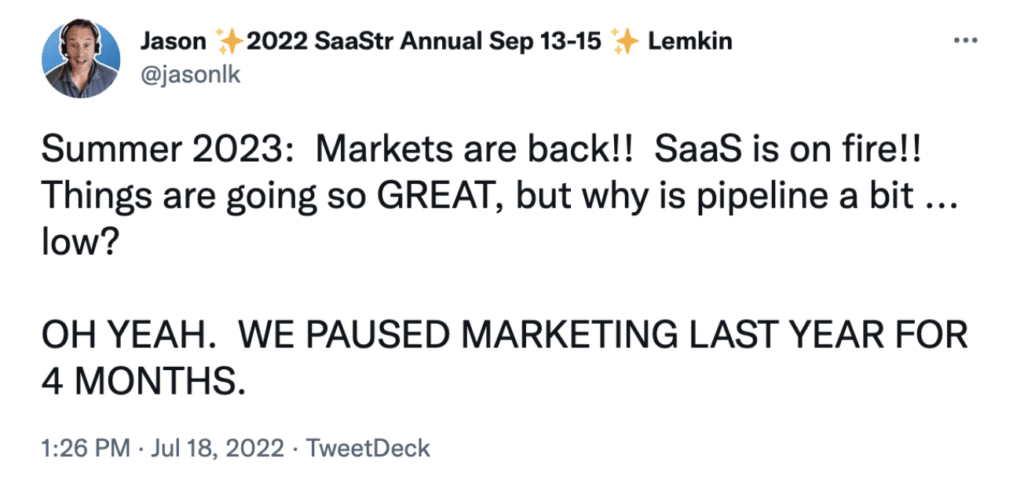
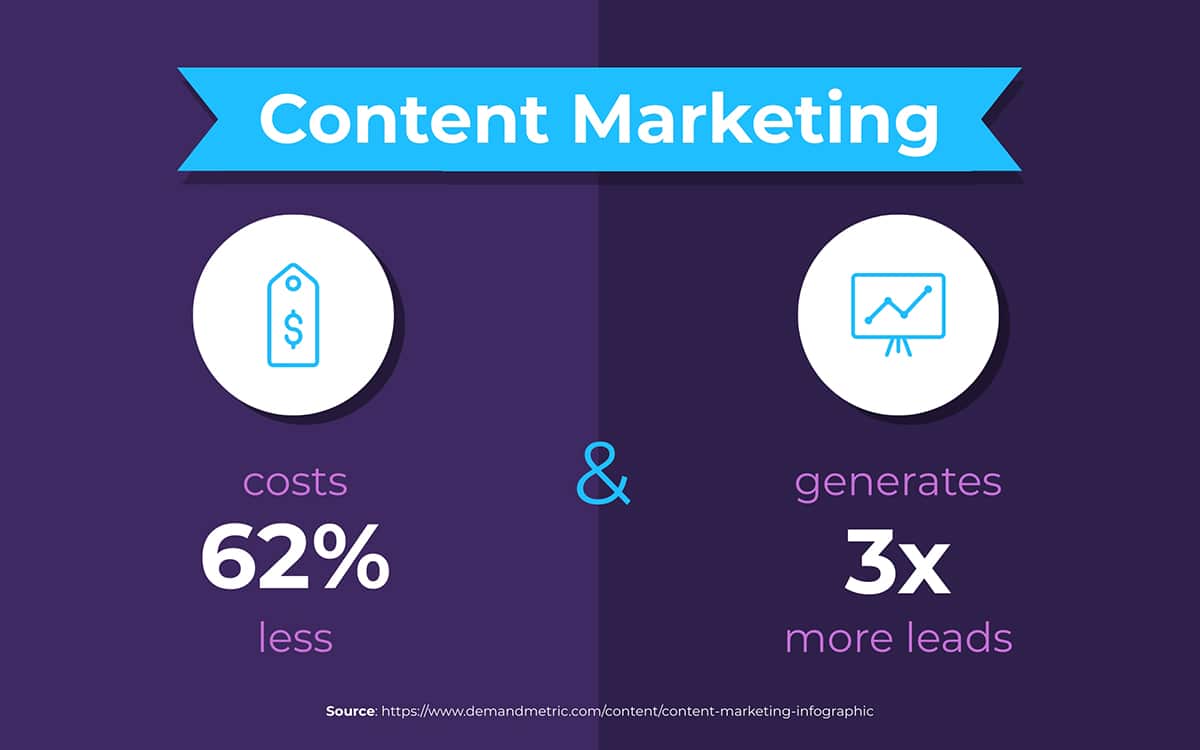
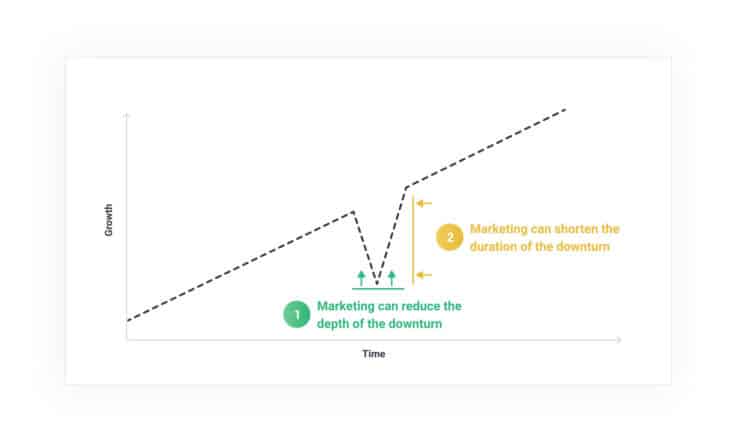
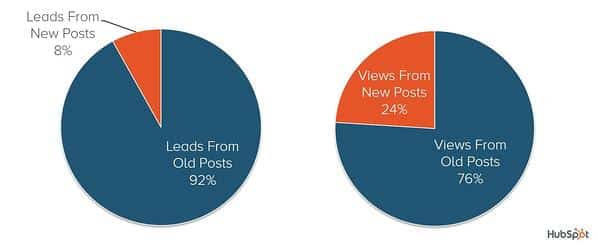



 https://t.co/t2Irhk4EF9
https://t.co/t2Irhk4EF9



